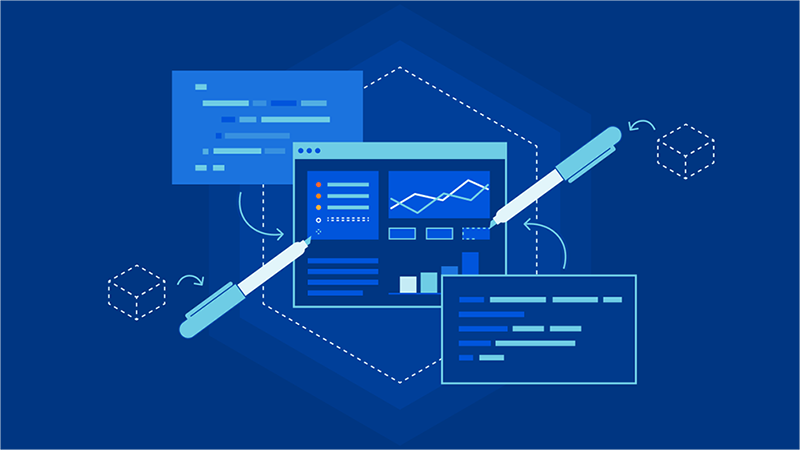How to handle IT vendors’ worst bad habits
Most enterprises have what they describe as a cordial relationship with their network vendors, but roughly a third say their relationship is guarded, and more than a few say it’s suspicious. That’s a pretty broad range of views, but every enterprise I’ve chatted with says there are things they don’t want their vendors to do, and don’t like it if the vendors do them. Most also say they take steps to prevent these things, and the steps they recommend are really interesting.Vendors shouldn’t finger-point The top don’t-do for vendors by far is finger-pointing, meaning trying to deflect responsibility for an issue by blaming someone else. I remember well a meeting where the CIO of a healthcare company sprained his shoulder when he threw a ten-pound, bound listing of problem proofs at a network vendor VP who didn’t want to admit responsibility. (He him square in the chest, by the way.) This is surely an extreme reaction, but every single enterprise in the over-200 I’ve talked to about this in the last year said that their network vendors had evaded a problem or obstructed problem determination at least once.To read this article in full, please click here



